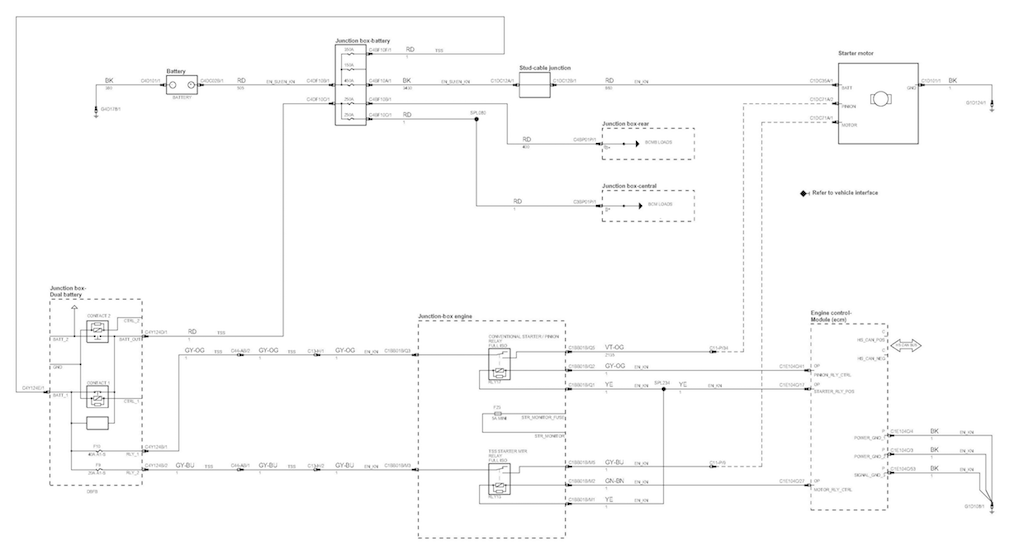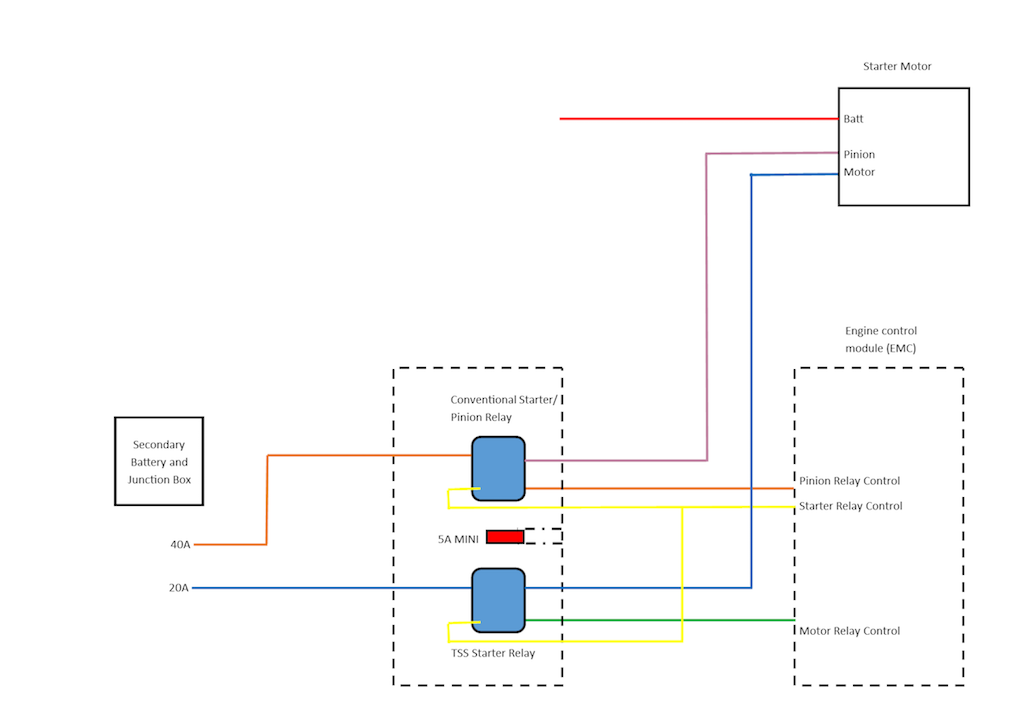Engine restart times can be critical to the driver's peace-of-mind. Stop/start systems control this and the technology continues to advance.
Denso have recently developed a new starter motor which has been equipped with a Tandem Solenoid (TS). This new system is designed to reduce start up time by up to 1.5 seconds compared to previous stop/start starter motors manufactured by them. This new starter motor has been designed specifically for stop/start systems and uses a mechanism to separately control the forward shift of the pinion gear and the motor rotation, creating a quicker restart.
Depending on the engine speed, the engaging of the pinion gear and rotation of the motor can be controlled separately. This now allows the engine to restart via the starter motor even while the engine is still running.
Conventional stop/start systems require the  vehicle to be stationary and the engine to be switched off before the starter motor can re-start the engine.
vehicle to be stationary and the engine to be switched off before the starter motor can re-start the engine.
The TS starter motor on the other hand works differently. If the engine is rotating the starter motor needs to be energised to increase the pinion gear speed. Once the rotation of the pinon gear is at a similar speed to the engine speed the pinion is then shifted forward to mesh with the ring gear. If the engine speed is slow enough the pinion can be shifted forward to mesh with the ring gear without the need to energise the motor first.
However, this new technology has made diagnosing starting faults more difficult for the technician. From our understanding the two-pin connection to the solenoid takes two live feeds. If one of the two connections is not receiving the correct voltage to the terminals it can result in a fault similar to a failed solenoid (pinion gear is spinning but not engaging). This fault is being created because the motor is being energised, but due to insufficient voltage to the second connection it is not allowing the solenoid to index the pinion.
This exact fault was recently exhibited on a 2013 Jaguar XJ 3.0D.
Working with Robert Oldknow, a technician based at A&A Motors in Wombwell, Barnsley we have managed to identify a vehicle fault which displayed the above symptoms. Robert bench tested the starter motor which proved there was no fault with this starter motor and indicated clearly that there was a vehicle fault which was causing the starter motor to exhibit this fault. Robert carried out diagnostic work and obtained a wiring diagram for the vehicle's electrical systems.
Tests carried out showed only one of the two pins to the solenoid was receiving a live feed indicating some form of wiring fault.
This is where the wiring diagram becomes critical, as the circuit is not easy to follow.
From the vehicle's ECM there are three connections which split to two relays, these are located within the engine junction box. The two relays then connect to the starter motor, providing the voltage to control the operation of the starter motor. You would think this ends here, but unfortunately not. The relays are connected to two fuses which are located with the secondary battery (located in the boot). In order to access the fuses you must remove the battery and junction box cover which then reveals the fuses. Testing the fuses it was found that the 40 amp fuse (which is a J case type low profile fuse) connected to the pinion relay had failed. The failed fuse was not allowing the correct voltage to supply the solenoid in order to index the pinion and start the engine. We have simplified the wiring diagram to easily illustrate the wiring and fuse/relay locations.
Once the 40 amp fuse was replaced and everything was re-installed to the vehicle, the starter motor operated fine and has not faulted since.
This scenario goes to show that often it is easier to blame the product than find the fault on the vehicle. We have seen it all too many times where the part has been replaced on several occasions even with a different brand, without questioning the vehicle or fitting issues.
At Autoelectro we aim to provide as much information as possible to ensure the technician can 'fit and forget' with our product. We urge technicians to sign up to our free website to obtain vehicle specific technical information and receive newsletters such as this one, which can save you time and money.



